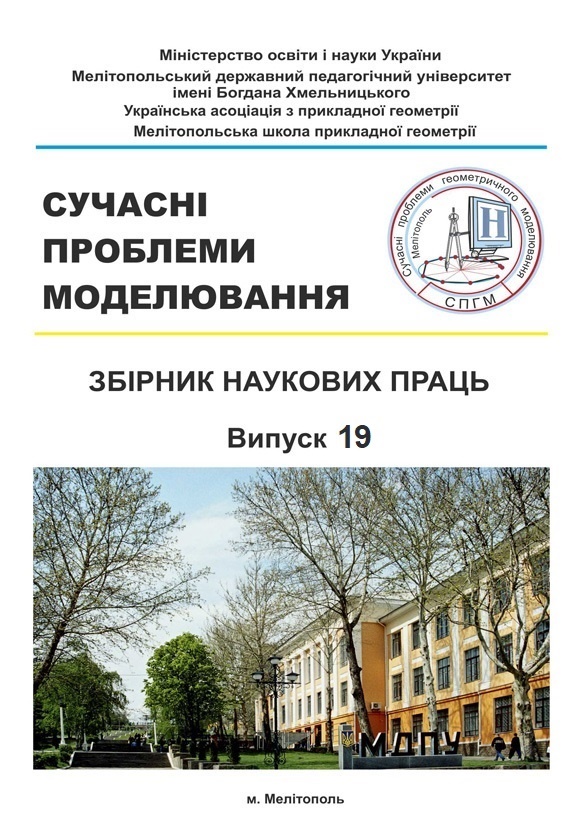GAS BUBBLE CRUSHING MODELING BASED ON AN ANALOGY WITH A SWING SPRING
Abstract
Extinguishing fires in gas-liquid mixtures in vertical tanks containing flammable liquids should be accompanied by constant crushing of gas bubbles in these mixtures. The mechanical method makes it possible to crush the bubbles due to acoustic pressure waves generated by impacts on the metal membrane. A more progressive method of crushing involves the action of an acoustic wave directly on the bubbles. This allows you to intervene in the process of grinding the bubbles by changing the pressure frequency, which affects the quality of the gas-liquid mixture.
In the works of Petrov A. and his students proposed a resonant model of grinding a gas bubble in a liquid in an unsteady pressure field. Resonant fragmentation of a bubble in a liquid occurs due to the transfer of energy between the radial and deformation modes of vibrations. An interesting effect is observed - with a relatively small amplitude of the alternating pressure of the acoustic wave in the liquid, a sufficiently large amplitude of deformation vibrations develops - due to which the bubble is crushed.
A feature of research is the use for this mechanical analogue - a swinging spring (swinging spring). That is, a variety of a pendulum consisting of a point load attached to a weightless spring. The second end of the spring is fixed motionless. The pendulum oscillations of the spring in the vertical plane are studied, provided that its axis are straightforward. The feasibility of choosing such an analogue is explained by the need to study the dynamic system "grinding of the bubble" when nonlinearly coupled vibrational components exchange energy with each other. Indeed, in the case of a bubble, an energy exchange occurs between the radial and deformation modes of vibrations.
In this paper, this phenomenon is investigated using the mathematical apparatus of a swinging spring, which illustrates the energy exchange between pendulum and spring oscillations.
Keywords: swing spring, Lagrange mechanics, generalized coordinates, load path.




